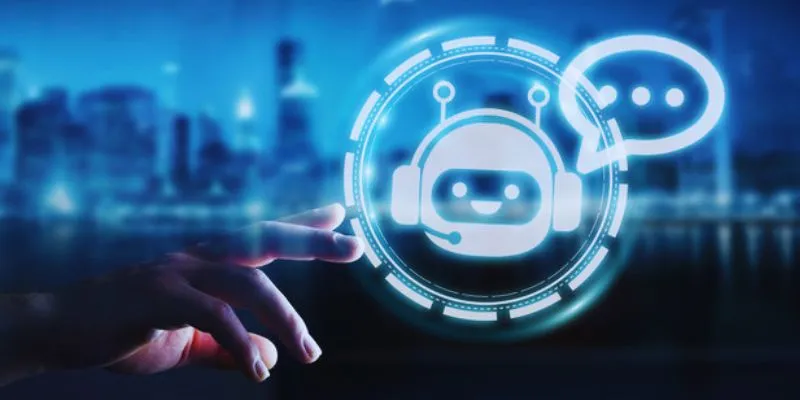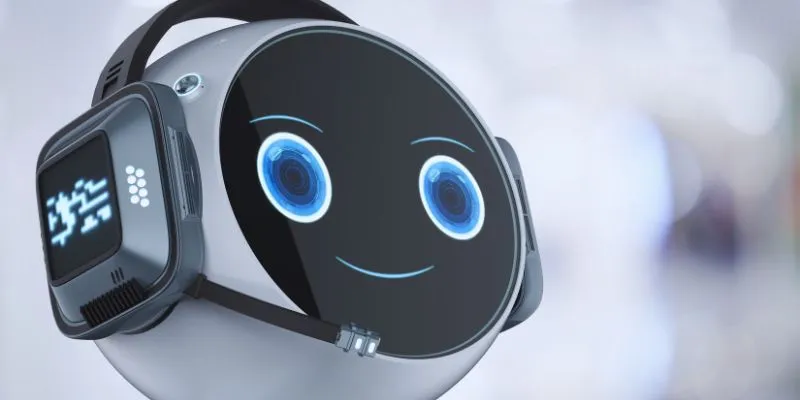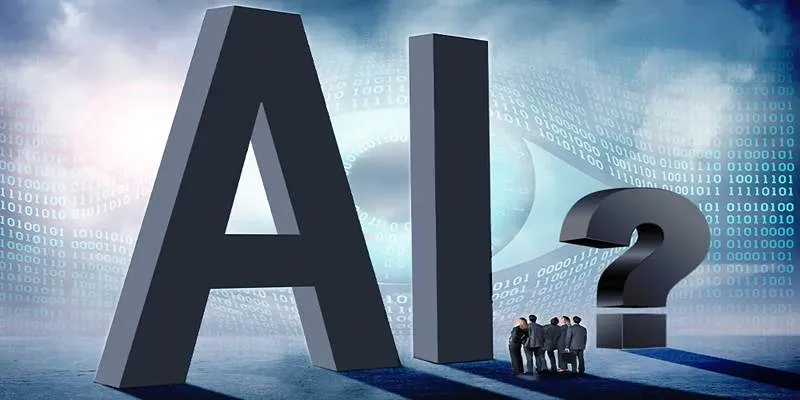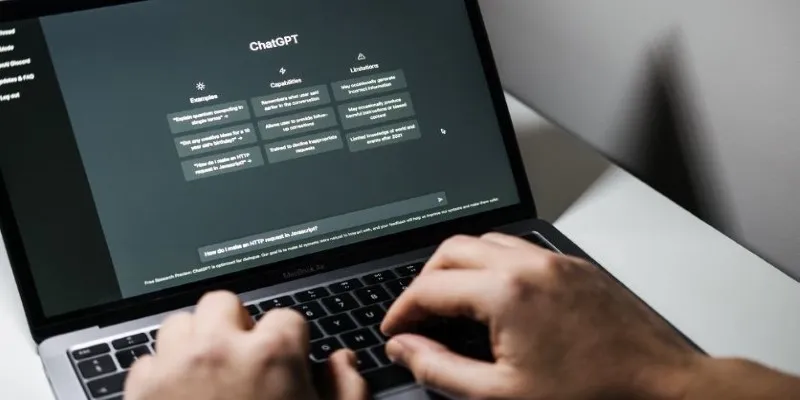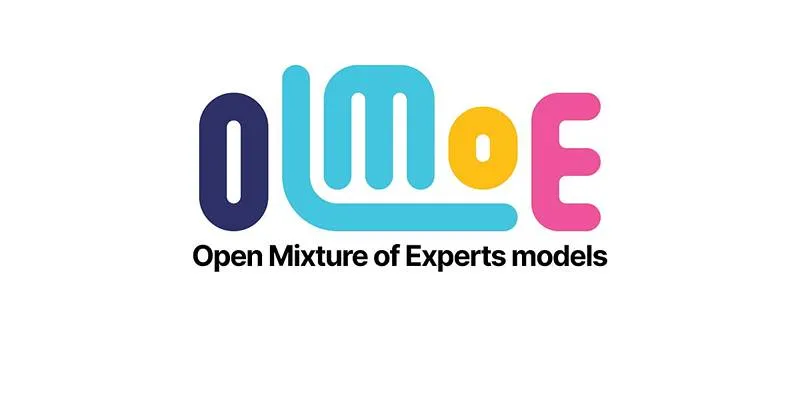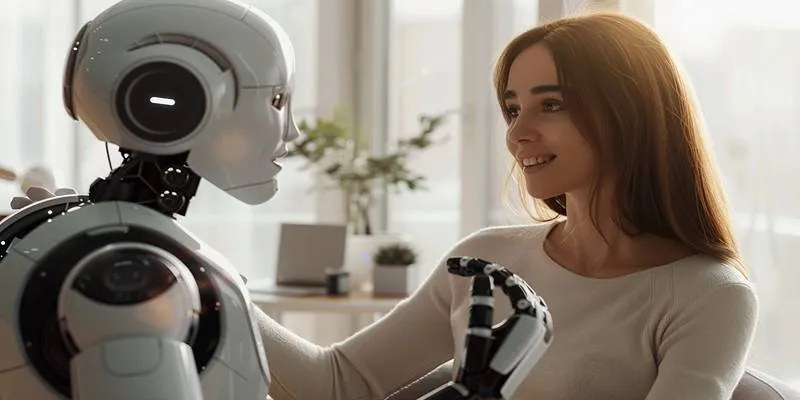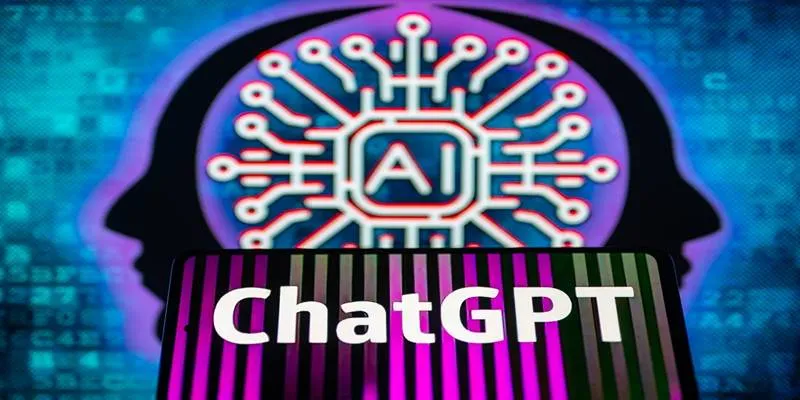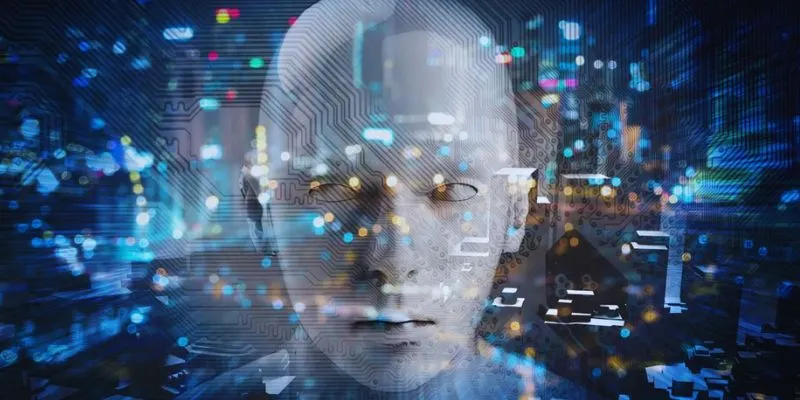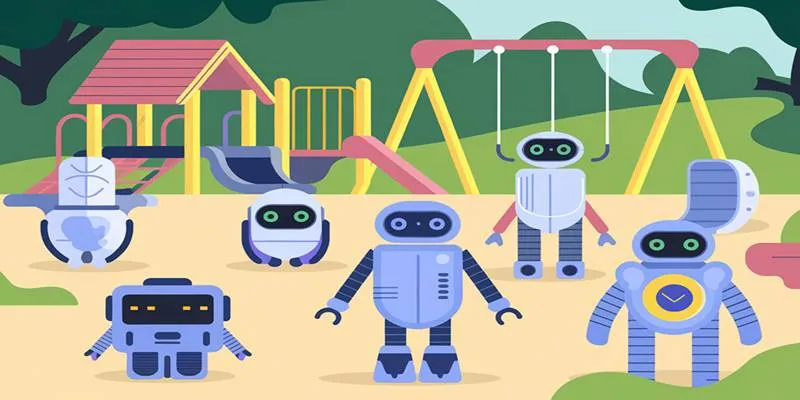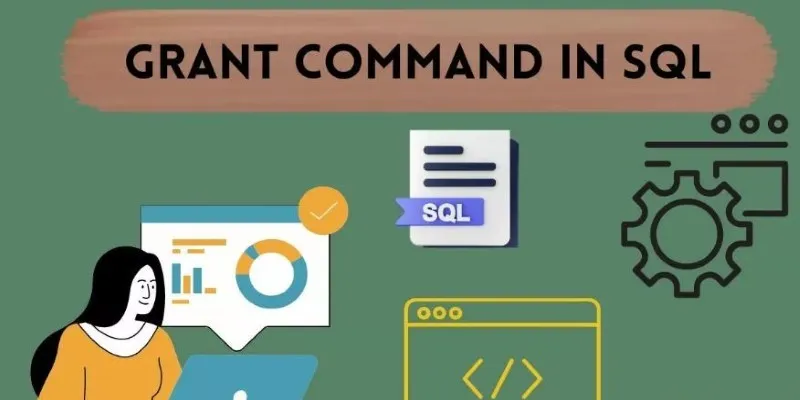DALL-E, OpenAI’s revolutionary AI image generator, has captivated creatives, designers, and inquisitive users worldwide. This tool can produce stunning artwork in seconds by interpreting natural language prompts to create visuals that once required hours of human effort. However, despite its innovation and creative potential, DALL-E is not without its flaws.
Frequent use of the platform reveals its limitations. From generating inconsistent imagery to struggling with basic instructions, DALL-E still has hurdles to overcome before it can be considered a reliable tool for all use cases. Let’s explore the 9 biggest challenges with DALL-E , based on extensive experience and experimentation.
1. DALL-E Struggles With Text in Images
One of the most frustrating issues with DALL-E is its inability to accurately render text within images. Many AI drawing tools face this challenge, but DALL-E often performs worse in this area.
Users frequently encounter misspelled or distorted text, even when the prompt is highly specific. A common example is the word “Café,” which DALL-E often misrepresents by dropping accents or generating unreadable typography. Similarly, attempts to create street signs, posters, or logos with legible writing often result in gibberish or warped characters.
2. Difficulty Resizing Images as Instructed
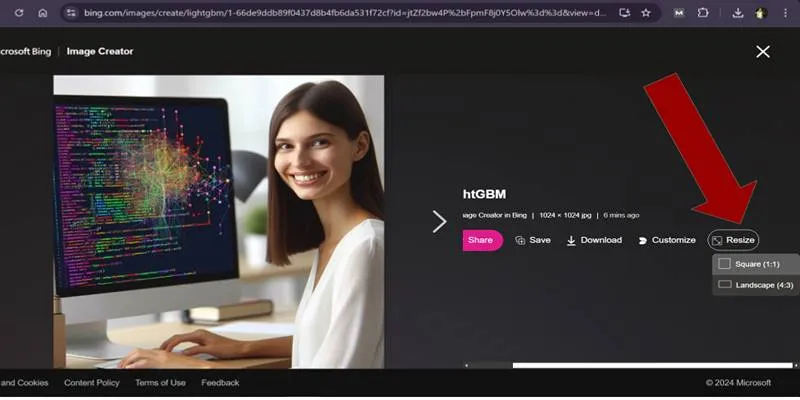
Another notable flaw is DALL-E’s inability to resize images correctly upon request. Users looking to generate visuals in specific dimensions—such as for blog banners, social media posts, or posters—often find that DALL-E creates a brand-new image without considering the requested aspect ratio or format.
While image resizing can be managed through third-party tools like Canva or Photoshop, it would be far more convenient if DALL-E adhered to these instructions. For a tool praised for its versatility, this limitation feels like a step backward.
3. Lack of Photorealism in Output
Despite improvements in image realism, DALL-E often struggles to generate convincing photorealistic images. Even when prompts explicitly request natural or life-like visuals, the results frequently enter the uncanny valley.
For instance, an image of a golden retriever in the mountains might look fine at first glance, but upon closer inspection, it becomes evident that the image is AI-generated. Attempts to increase realism often backfire, making the image less believable and sometimes unsettling. Users seeking true-to-life visuals often find better success with tools like Adobe Firefly or Midjourney, which tend to perform better in photorealistic rendering.
4. Neglects Instructions on Exclusions
In prompt engineering, specifying what you don’t want in the image is a common best practice—for example, “Do not include people in the background” or “Avoid showing text.” Most modern AI tools understand these instructions to a reasonable extent.
However, DALL-E seems to struggle significantly with negation. Even after explicitly instructing it to exclude certain elements, users often find those very things in the final image. While regenerating can sometimes solve the issue, it adds extra time and frustration.
5. Inconsistencies in Object Representation
Like many AI art generators, DALL-E has weaknesses in depicting specific subjects. In particular, it shows inconsistencies when generating hands, faces, and certain objects like computer screens or gadgets.
In one case, when prompted to create an image of a person holding a smartphone, DALL-E struggled to scale the phone properly, often rendering it comically oversized. Similarly, computer monitors often appear as jumbled rectangles with nonsensical details.
6. Style Inconsistency Across Generated Images
One of DALL-E’s most versatile features is its ability to create artwork in various styles—cartoonish, painted, 3D, abstract, and more. However, this versatility becomes a weakness when the tool fails to maintain a consistent style, especially across multiple outputs within a single project.
For example, users aiming for a cohesive visual theme across different slides, graphics, or blog posts may find that DALL-E delivers images with wildly different artistic directions. Unless the prompt is painstakingly specific, the style can shift drastically between generations.
7. Poor Artifact Sizing and Perspective
Another common problem with DALL-E is the incorrect sizing of objects in relation to their environment. When prompted to create scenes involving people interacting with objects, the AI often gets artifact proportions wrong.
Phones appear too large, books may be outsized, and drinks can look like gallon jugs in someone’s hand. Attempting to “fix” this by adjusting the angle or requesting a wide-angle shot sometimes makes the image look even more unnatural, distorting human figures or background elements in the process.
8. Challenges in Designing for External Use
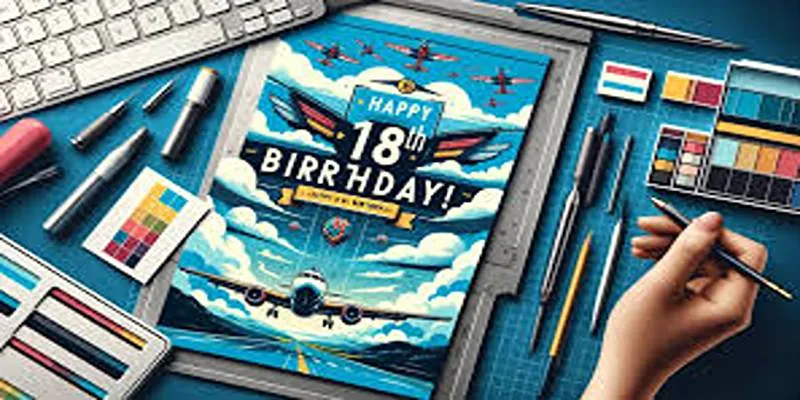
Many users turn to DALL-E for personalized design ideas—custom birthday cards, calendars, wallpaper designs, or social media graphics. Unfortunately, DALL-E often misinterprets the intent of such prompts.
For instance, when asked to create a birthday card design, the AI may generate an image of an actual greeting card rather than a design intended to be printed on one, creating confusion and misalignment with the user’s goal.
9. Limited Creativity in Multi-Option Generations
When users ask DALL-E to create multiple versions of an image, the output often feels uninspired. Instead of receiving distinct creative options, users tend to get minor variations of the same image. While this might be helpful in refining a concept, it doesn’t offer the diversity that most would expect when requesting several options.
Many find that generating images one at a time and tweaking each prompt slightly leads to better results. Still, the fact that batch generation feels low-effort defeats one of DALL-E’s biggest selling points: speed and convenience.
Conclusion
DALL-E remains a remarkable innovation in the world of AI art, and its accessibility has helped countless users bring their ideas to life. However, despite its popularity and power, it still suffers from significant limitations.
From struggling with text generation and ignoring user instructions to producing inconsistent styles and failing in photorealism, the tool has room for improvement. Many of these flaws become apparent only after extended use, which can be frustrating for professionals relying on precision and polish.
 zfn9
zfn9
